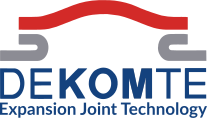ACCREDITATIONS
QUALITY.
ASSURED.

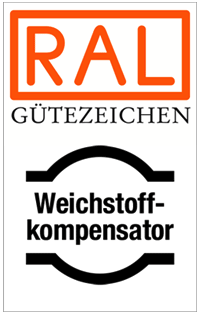
RAL GZ 719
RAL GZ 719 is part of a group of accreditations that determines the quality, construction and design aspects of fabric expansion joints, of which DEKOMTE is an approved member. Driving quality through the design, process, production and application is the DEKOMTE approach to a long-life reliable solution. This use of quality materials and multi-layer compositions is critical for predictable operation and minimal maintenance.
- The ongoing monitoring according to the guidelines of RAL-GZ 719 is carried out by the German TÜV Süd. The inspections and certifications have been free of complaints from the start until today.
- By producing in accordance with the above-average quality requirements of RAL-GZ 719 and through the corresponding technical documentation, DEKOMTE meets and exceeds the quality requirements of the European Sealing Association (ESA) and the American Fluid Sealing Association (FSA).
- Essential technical information from the Gütegemeinschaft Weichstoff-Kompensatoren e. V. have been incorporated into the expansion joints engineering guide.
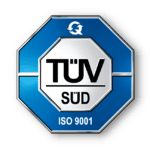
ISO 9001
ISO 9001 is the international standard for creating a Quality Management Systems (QMS), published by ISO (the International Organization for Standardization). The standard was most recently updated in 2015, and it is referred to as ISO 9001:2015. In order to be released and updated, ISO 9001 had to be agreed upon by a majority of member countries so that it would become an internationally recognized standard, which means it is accepted by a majority of countries worldwide.
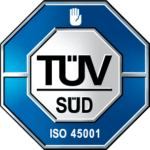
ISO 45001
ISO 45001 is the world’s international standard for occupational health and safety, issued to protect employees and visitors from work-related accidents and diseases. ISO 45001 certification was developed to mitigate any factors that can cause employees and businesses irreparable harm. Its standards are the result of great effort by a committee of health and safety management experts who looked closely at a number of other approaches to system management — including ISO 9001 and ISO 14001. In addition, ISO 45001 was designed to take other existing occupational health and safety standards, such as OHSAS 18001, into account — as well as the ILO’s labour standards, conventions and safety guidelines.
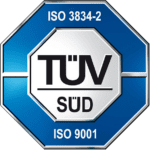
ISO 3834-2
EN ISO 3834 deals with quality requirements in welding and has been prepared in order to identify the necessary controls and procedures. ISO 3834 is not a quality system standard intended to take the place of ISO 9001, but a useful, additional tool for use when ISO 9001 is applied by manufacturers.
EN ISO 3834 is intended for the fusion welding of metallic materials, and its application is independent of the products manufactured. Its principles and many of its detailed requirements are also relevant for other welding and welding-related processes.
One of the aims of EN ISO 3834 is to define requirements in the field of welding so that contracting parties or regulators do not have to do this themselves. A reference to a particular part of EN ISO 3834 should be sufficient to demonstrate the capabilities of the manufacturer to control welding activities for the type of work being done.
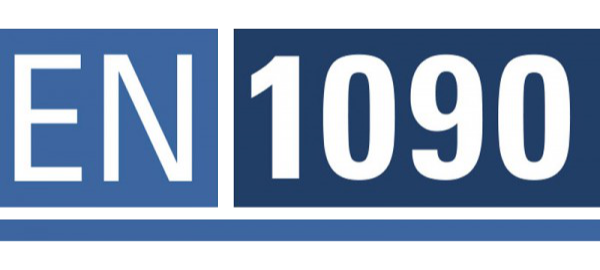
EN 1090 EXC 3
BSI – The British Standards Institution
BS EN 1090-3
Execution of steel structures and aluminium structures.
Technical requirements for aluminium structures.
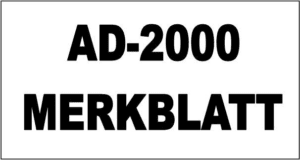
AD 2000 HP0
AD 2000 Merkblatt was developed for pressure vessel design and manufacture. The certification includes assessment of technical documents, assessment of test reports, assessment of testing procedures, check of the reliability of working procedures and personnel appraisal of materials use. W0 certification for product components and HP0 certification for the products are carried out within the scope of AD 2000 Merkblatt.
